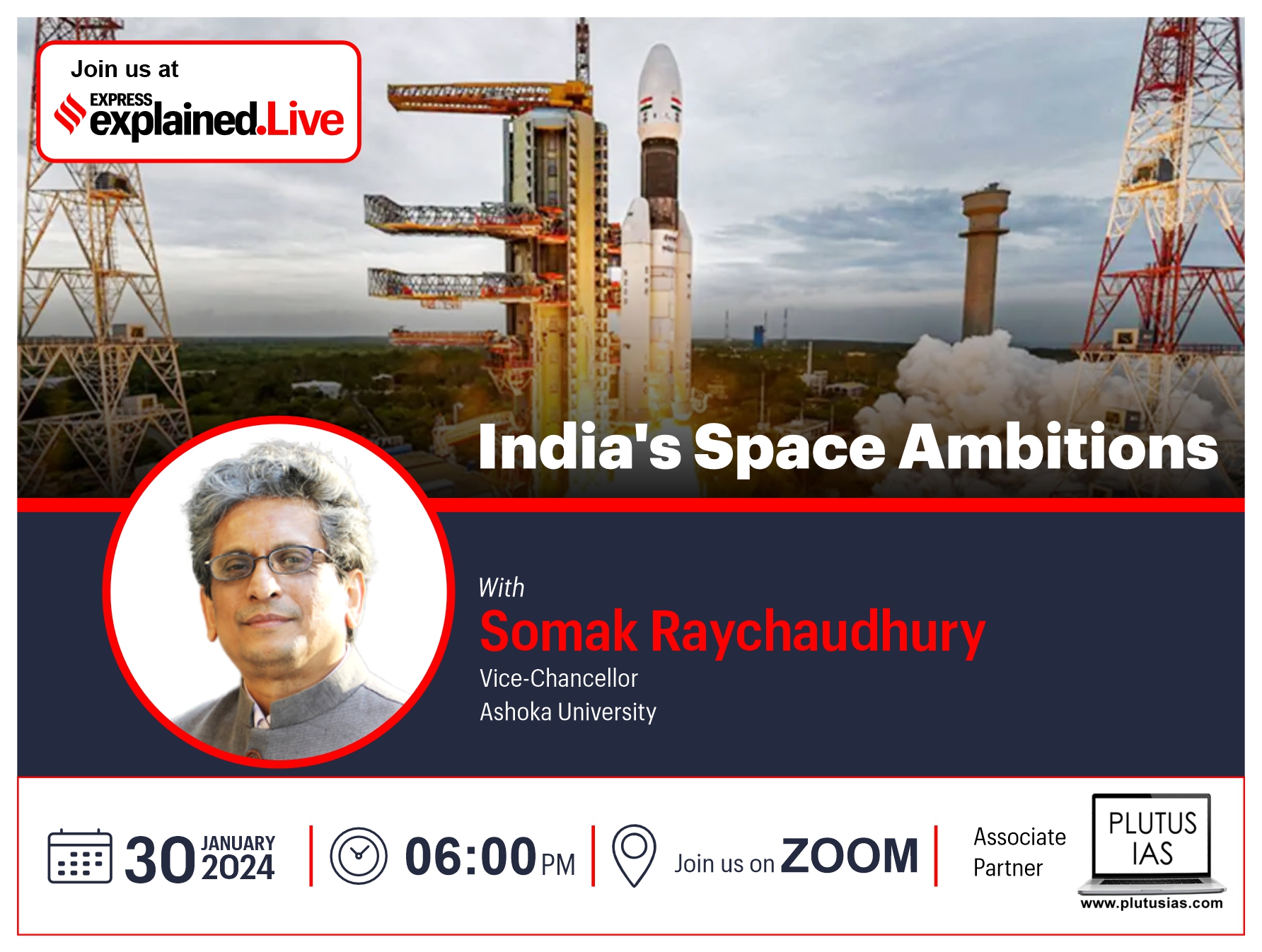From New Welfarism to a renewed emphasis on subsidies and transfers —this is pretty much what has changed between the first and second term of the Narendra Modi government.
The Modi 1.0 period (2014-15 to 2018-19) saw a plethora of schemes launched for ensuring universal access to housing, toilets, drinking water, bank accounts, electricity and cooking gas connections.

Even as public funding for these normally privately provided, yet essential, goods and services went up — what the Modi government’s former chief economic adviser Arvind Subramanian termed “new welfarism” — the Centre’s subsidy bill fell, both in absolute and relative terms.
Between 2013-14 (the last year of the previous United Progressive Alliance government) and 2018-19, the Centre’s spending on major subsidies — the 3 Fs of food, fertiliser and fuel — dropped from Rs 244,717 crore to Rs 196,769 crore. Relative to GDP, it more than halved from nearly 2.2% to just over 1%. Even after adding outlays under the Mahatma Gandhi National Rural Employment Guarantee Act (MNREGA, a UPA legacy scheme) and Pradhan Mantri Kisan Samman Nidhi (PM-Kisan, introduced in the last year of Modi 1.0), the decline was from 2.5% to 1.4% of GDP.
 Subsidies under Modi 2.0.
Subsidies under Modi 2.0.
Making a comeback
Modi 2.0, however, has witnessed a reversal of the above trend.
The accompanying chart shows the major subsidies soaring from 1% of GDP in 2018-19 to 3.6% in 2020-21, and from 1.4% to 4.4% along with MNREGA and PM-Kisan transfers. While these have since dipped to 1.9% and 2.5% in 2022-23 (the current fiscal’s numbers are budget estimates that may overshoot), they are more or less at the levels when the Modi government took over.
Story continues below this ad
In absolute terms, too, the 3F subsidies peaked at Rs 707,707 crore in 2020-21 (Rs 879,866 crore with MNREGA and PM-Kisan expenditures). Even at Rs 530,959 crore (Rs 680,359 crore) in 2022-23, they were over two-and-a-half times their corresponding levels of 2018-19.
The drivers: Modi 1.0
During Modi 1.0, the subsidy bill reduction came primarily from benign international oil and fertiliser prices. The cost of crude imported by Indian refiners averaged $60.84 per barrel during 2014-15 to 2018-19, as against $96.05 in the preceding five financial years.
The Modi government, perhaps wisely then, did not pass on the full benefit of lower global prices to Indian consumers. Instead, it raised the excise duties on diesel, petrol and other fuel products.
In 2012-13 and 2013-14, the Centre’s subsidy outgo on petroleum products, at Rs 96,880 crore and Rs 85,378 crore respectively, exceeded its corresponding excise revenues of Rs 63,478 crore and Rs 67,234 crore from the same. But by 2017-18 and 2018-19, the subsidy on fuels (Rs 24,460 crore and Rs 24,837 crore) stood far below the collections from excise (Rs 229,716 crore and Rs 214,369 crore).
Story continues below this ad
In short, the Modi government used the easing of international crude prices to not just trim its fuel subsidy outlay, but also mobilise additional resources that could now finance other expenditures, including the “new welfarism” schemes. The petroleum subsidy was henceforth limited only to sales of LPG cylinders and providing connections to poor/low income households, while diesel and petrol turned into significant revenue sources for the government.
It was almost likewise with fertilisers. The gains from lower landed costs of imported finished fertilisers and raw materials were pocketed by the Centre — in the form of subsidy savings — and not farmers.
The drivers: Modi 2.0
There have been two key drivers of the spiraling outgo on subsidies and transfers during the Modi government’s second term.
 Join us for Explained Live event on India’s space ambition
Join us for Explained Live event on India’s space ambition
Story continues below this ad
The first was a policy decision to fully provide for the food and fertiliser subsidy. Prior to 2020-21, the Centre wasn’t wholly funding the difference between the Food Corporation of India’s (FCI) economic cost — what it incurred in procuring, distributing and storing grain — and its average issue price, multiplied by the quantities handled. The same applied to fertiliser firms selling nutrients at prices below production or import cost. To bridge the gap, these entities had to borrow heavily, whether from the National Small Savings Fund (NSSF) or banks.
Finance Minister Nirmala Sitharaman making a one-time provision, to help FCI repay some Rs 339,236 crore of outstanding NSSF loans and also clear dues to the fertiliser industry, resulted in the Centre’s overall subsidy tab spiking in 2020-21.
The second driver was Covid and the Russia-Ukraine war.
The pandemic-induced economic distress led to record offtake of rice and wheat through the public distribution system (PDS), with the Modi government doubling the monthly grain quota for beneficiaries from April 2020 to December 2022. MNREGA spending rose as well. An all-time-high 389.09 crore and 363.19 crore person-days of employment were generated in 2020-21 and 2021-22, compared with 267.96 crore and 265.35 crore in 2018-19 and 2019-20 respectively.
The war’s impact was mainly on international fertiliser prices. The average landed price of imported urea surged from roughly $263 per tonne in 2020-21 to $661 in 2021-22 and $627 in 2022-23. The corresponding increases were from $369 to $741 and $805 per tonne for di-ammonium phosphate and $239 to $359 and $590 for muriate of potash. With the Modi government choosing not to allow pass-through of the higher costs to farmers, the net outcome was a near-doubling of the fertiliser subsidy from Rs 127,922 crore to Rs 251,339 crore between 2020-21 and 2022-23.
The road ahead
Story continues below this ad
The maximum retail price of urea has remained at Rs 5,360 per tonne since November 1, 2012. The only change that has taken place is companies being permitted to charge 5% extra (Rs 268) for coating urea with neem oil, which has been made fully mandatory from May 25, 2015.
The PDS issue price was fixed at Rs 2/kg for wheat and Rs 3/kg for rice following implementation of the National Food Security Act from July 5, 2013. The Modi government has, far from increasing, slashed these to nil with effect from January 1, 2023. Retail prices of petrol and diesel were cut on May 22, 2022 and have not been revised thereafter.
The Interim Budget for 2024-25 is unlikely to tamper with the above prices. If anything, the Centre could hike the annual direct benefit transfer under the PM-Kisan scheme from the existing Rs 6,000 to, say, Rs 9,000 ahead of the Lok Sabha polls.
Any rationalisation of subsidies — most economists favour targeted DBT or income support payments over supplying goods and services at below cost — may have to wait for the next government.



 Subsidies under Modi 2.0.
Subsidies under Modi 2.0.





































